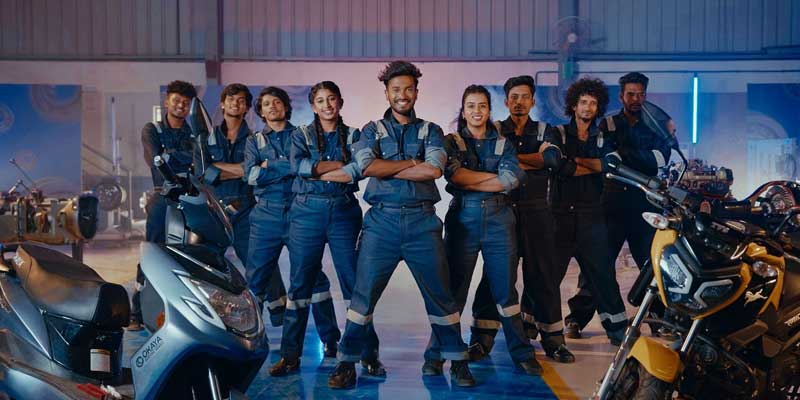Schedule a Call Back
Indian subcontinent a potential market for electrical vehicles
 Articles
Articles- Mar 01,19

Related Stories
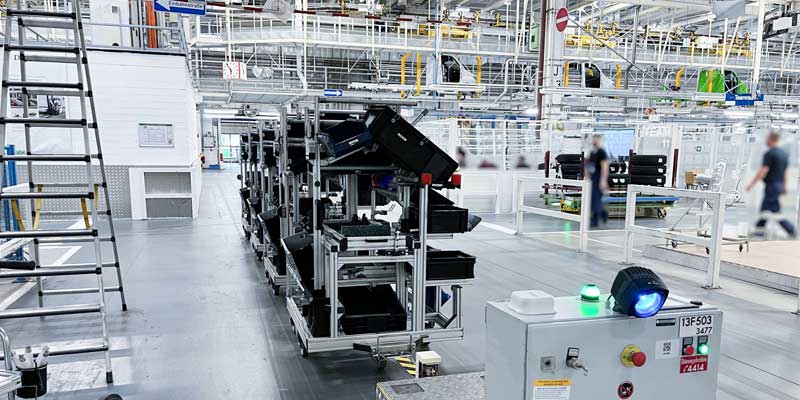
Mercedes-Benz enhancing transportation in factory with wireless solution
Guiding the AGVs effectively relies on good communication between the automated guided vehicles (AGVs) and the factory’s control system. This case study discovers how HMS Networks' wireless expert..
Read more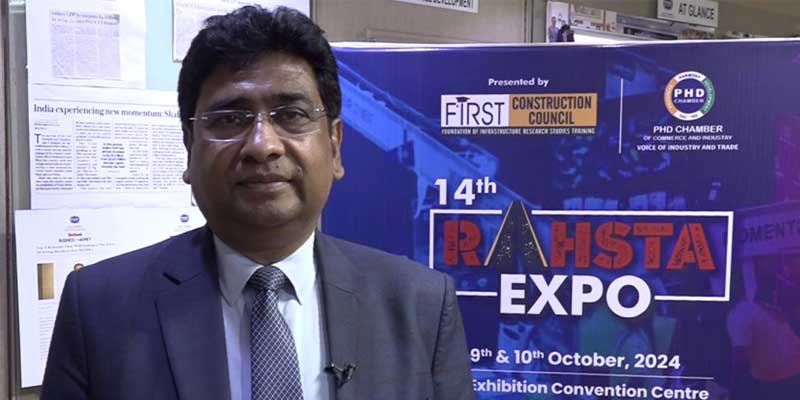
RAHSTA to showcase cutting-edge road construction tech, says NCC Director
14th RAHSTA (Roads and Highways Sustainable Technologies & Advancement) Expo - India’s biggest road exhibition - will be held as a part 10th India Construction Festival 2024 at Jio Convention Cent..
Read more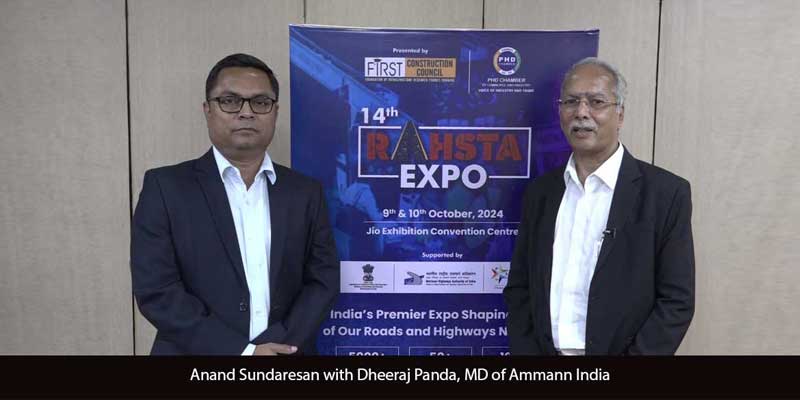
RAHSTA will drive road construction innovation: Sundaresan
14th RAHSTA (Roads and Highways Sustainable Technologies & Advancement) Expo - India’s biggest road exhibition - will be held as a part 10th India Construction Festival 2024 at Jio Convention Cent..
Read moreRelated Products
Tata Motors unveils facilities for development of Hydrogen propulsion tech
Tata Motors, India?s largest automobile company, unveiled two state-of-the-art & new-age R&D facilities for meeting its mission of offering sustainable mobility solutions. The unveilings constitute of Read more
Tata Motors plans petrol powertrain for Harrier and Safari SUVs
Tata Motors is in the process of developing a new petrol powertrain for its premium sports utility vehicles, the Harrier and Safari, as confirmed by a senior company official. Currently, these models Read more
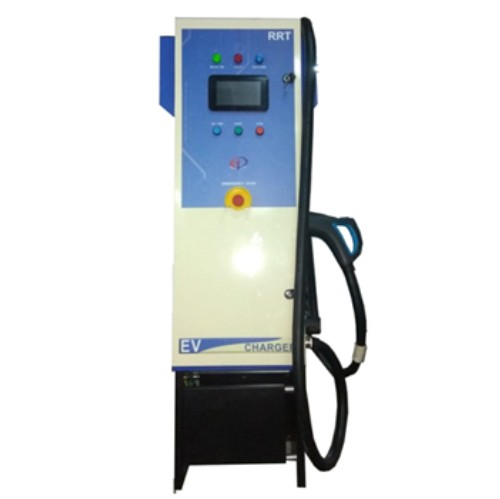
Electric Vehicle Charger
RRT Electro is engaged in manufacturing of customized Power Electronic Products over two decades having capability to Design, Develop, Prototyping, Regulatory Compliance testing & Certification, Manuf Read more






